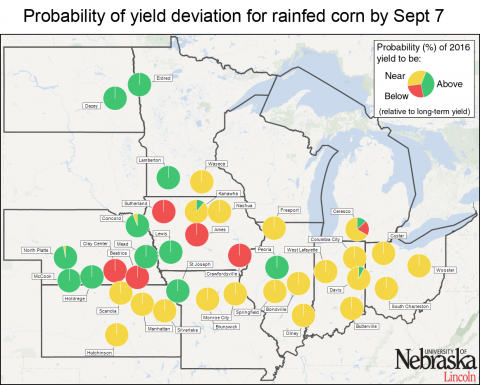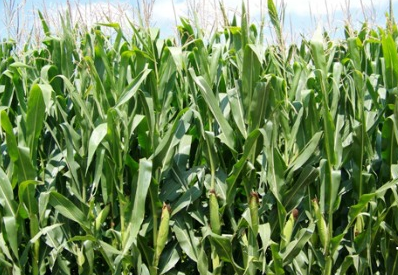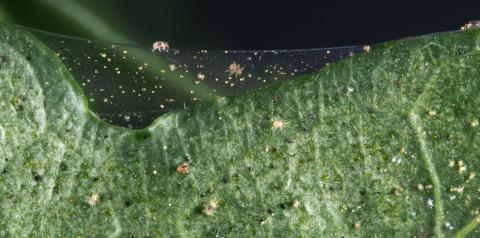Corn Yield Forecasts as of Sept. 7
September 8, 2016
The Sept. 7 corn yield forecasts show a majority of the irrigated sites expected to produce above normal, but not record-breaking yields. Forecasted yields for rainfed sites are more variable, although most are expected to be near normal. Above average yields are expected for 11 of the 37 sites studied and below-normal yields are forecast for five sites.
Corn Yield Forecasts for Aug. 24, Including State Forecasts
August 25, 2016
August 24 corn yield forecasts for 41 sites across the Corn Belt showed many near or above average. At Nebraska rainfed corn sites there is a high probability (>75%) of above-average yield at the North Platte and central east sites and a high probability (>75%) of below-average yield at the southwestern and southeastern Nebraska sites (McCook, Clay Center, and Beatrice). In irrigated corn there was a high probability of near or above average yields for all except the Beatrice site. See the story for data tables and discussion.
Bacterial Leaf Streak of Corn Confirmed in Nebraska, Other Corn Belt States
August 26, 2016
Bacterial leaf streak disease of corn, caused by Xanthomonas vasicola pv. vasculorum, has now been confirmed in multiple Corn Belt states. First identified in Nebraska, the bacterial disease has symptoms similar to other corn diseases, such as gray leaf spot, but is managed differently.
Corn Ear Formation Issues Likely Correlated With the Loss of the Primary Ear Node
August 19, 2016
UNL agronomists and educators responding to grower questions surveyed a number of corn fields this week and found a range of corn ear issues: short husks, dumbbell-shaped ears, and multiple ears per node. The article describes and discusses the situation, potential stress agents, and the development of corn. It also encourages growers to check their fields pre-harvest to better assess causes of potential yield loss.
2016 Crop Tour Preview: Will Nebraska fall short of 2015 record yields?
August 18, 2016
An overview of Nebraska soybean and corn crops as of mid-August 2016.
2016 Corn Yield Forecasts as of Aug. 10
August 11, 2016
Simulations of 2016 end-of-season corn yield potential for 41 sites indicate high probability of near or above-average yields in irrigated fields, but much more variability across the Corn Belt for rainfed fields. Several sites in southern and northeast Nebraska and in Iowa show a higher probability of below average yields. The article includes yield forecasts for each site, along with conditions for the period contributing to the forecasts.
Managing Spider Mites in Corn and Soybean
July 26, 2022
Recommendations for managing spider mites in corn and soybean, including treatment thresholds and insecticides, as well as discussions on the potential impact of beneficial insects, diseases and insecticide applications.
Identifying Spider Mite Damage and the Species Responsible
July 26, 2022
With growing reports of spider mites damaging corn and soybeans in Nebraska, it's important to check leaves closely, as many other crop issues can cause similar discoloration.







